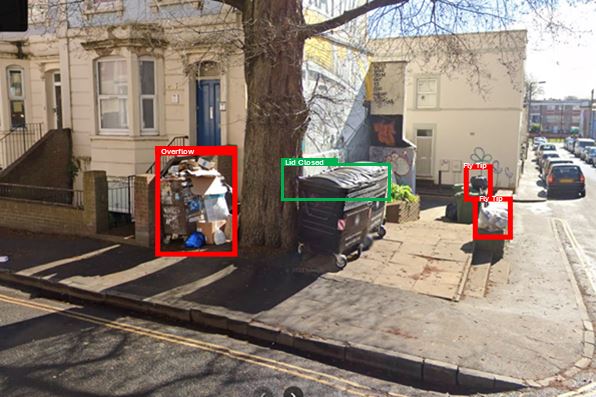Effective waste management is critical for maintaining clean and safe environments at Bring Centres and bin stores, particularly those that are unmanned. Common issues such as open lids, overflowing bins, and fly-tipping can lead to public complaints, environmental hazards, and increased operational costs if not addressed promptly. SmartEnds’ Vision AI technology provides an advanced solution for automating the detection and reporting of these issues, enabling more efficient waste management.


SmartEnds’ Vision AI and fill level sensor technology offer a powerful solution for managing waste at Bring Centres and bin stores. By automating monitoring and reporting processes, this technology enables proactive management, enhances environmental compliance, and delivers substantial operational savings. With these tools, waste management teams can ensure cleaner, safer environments with less effort and lower costs.
Copyright 2024 MEAHA All rights reserved.